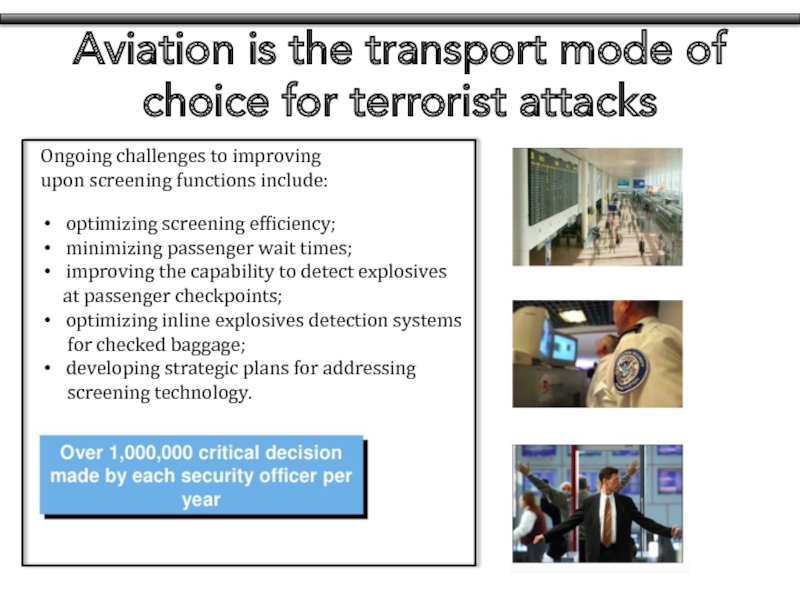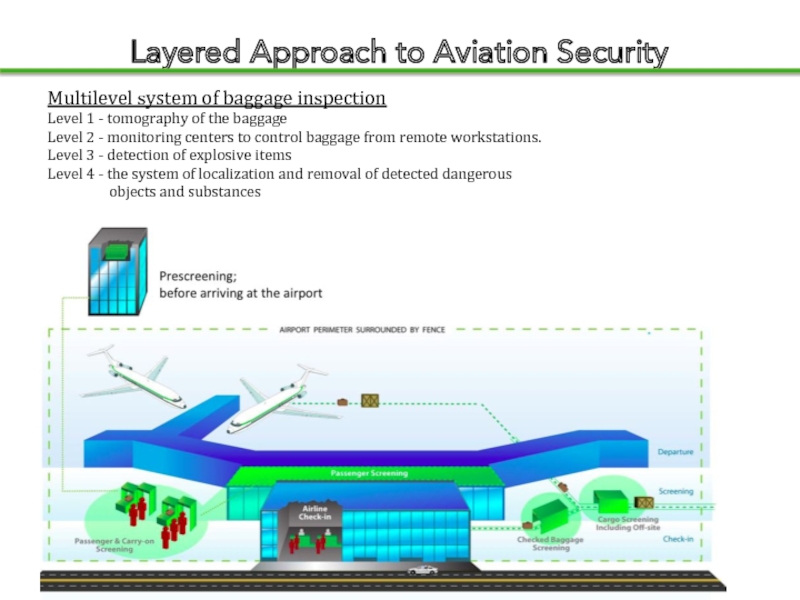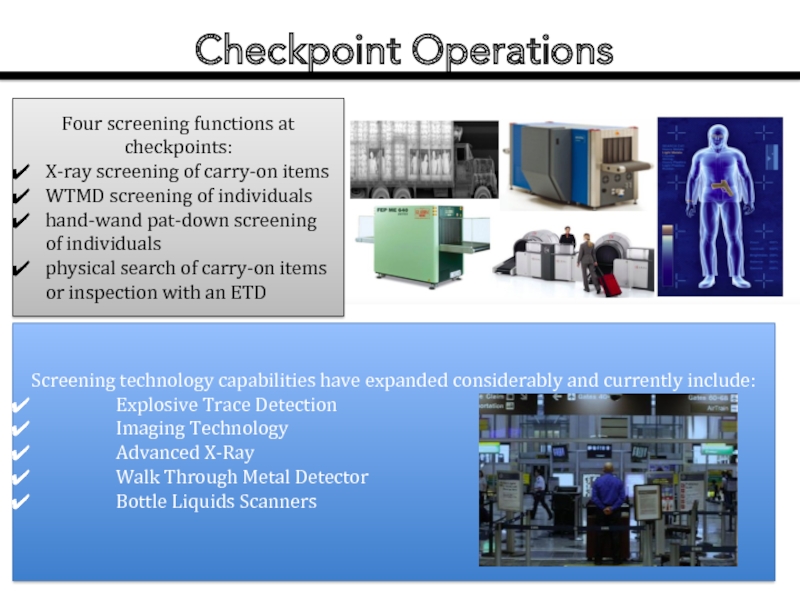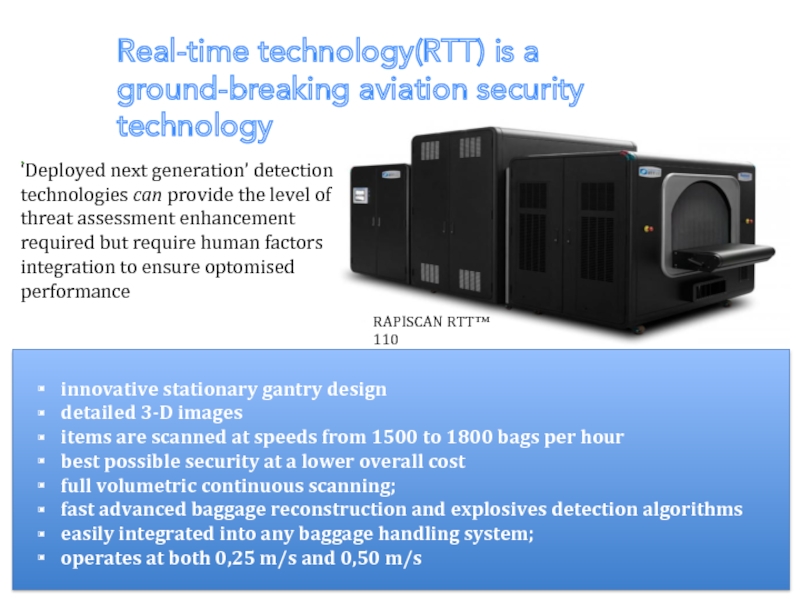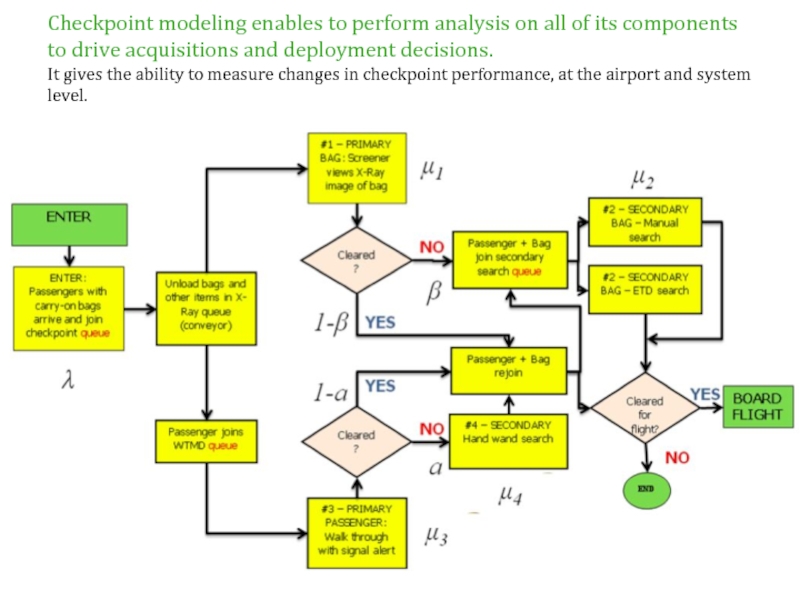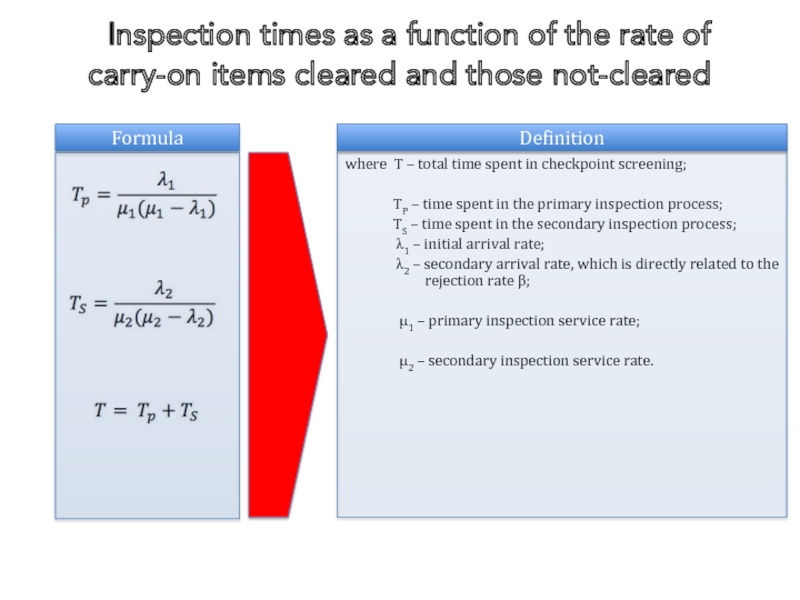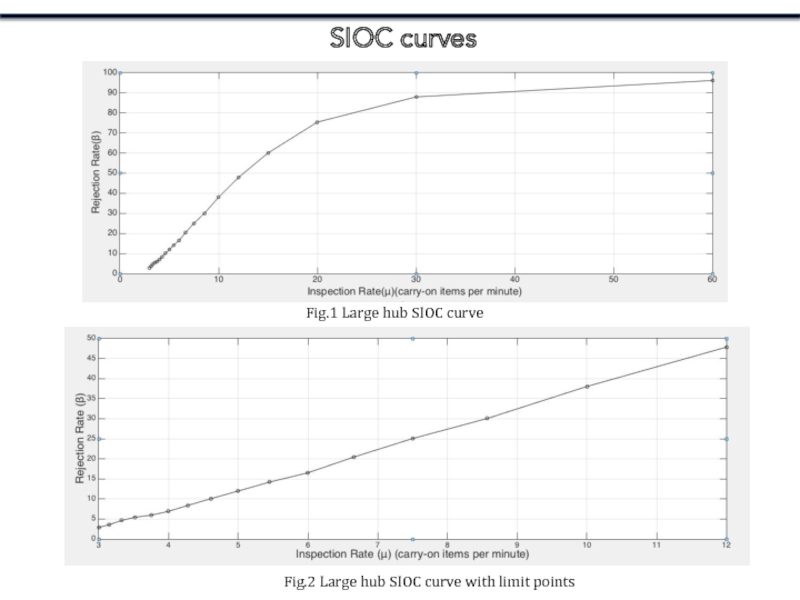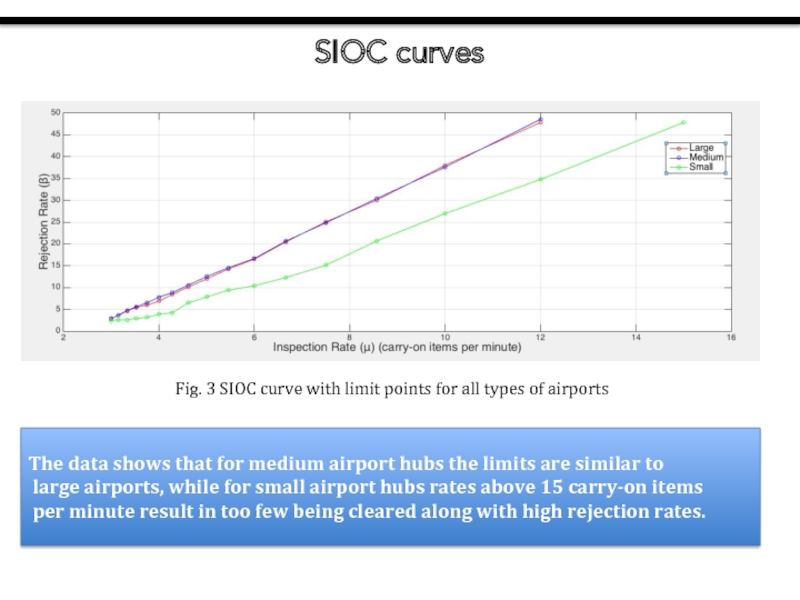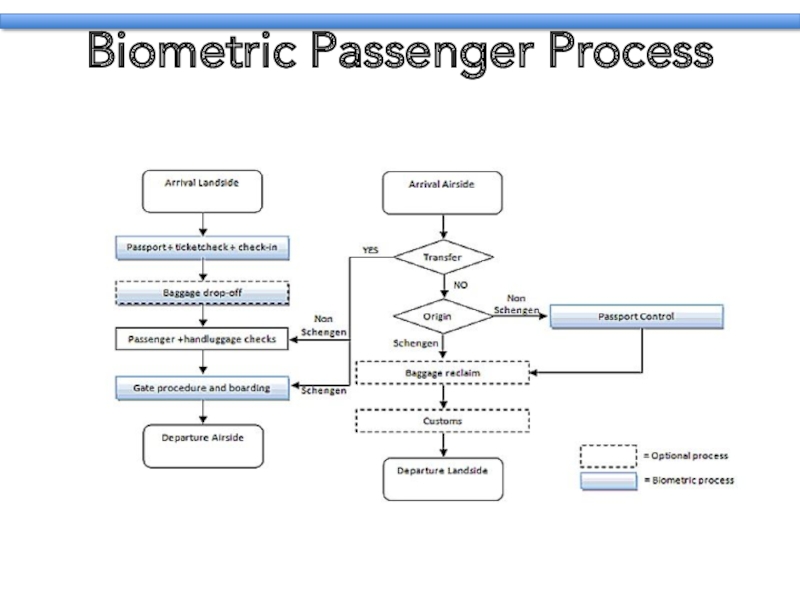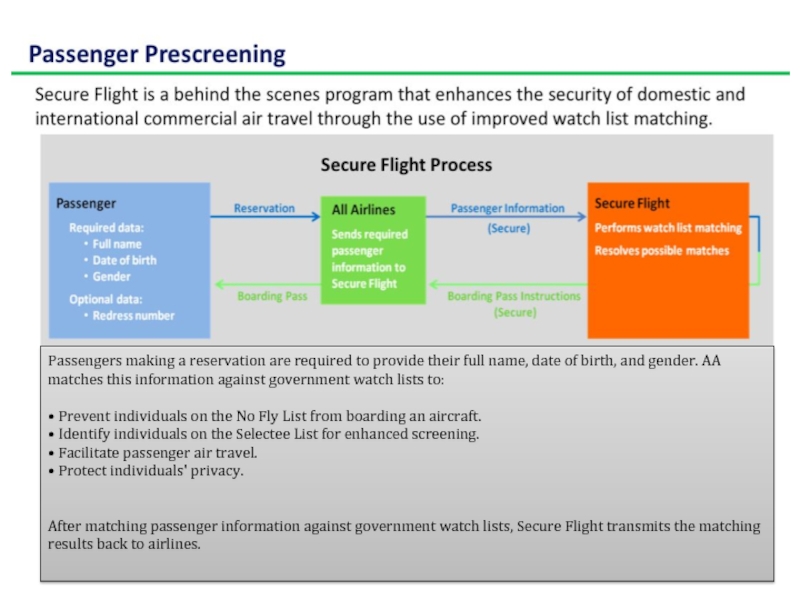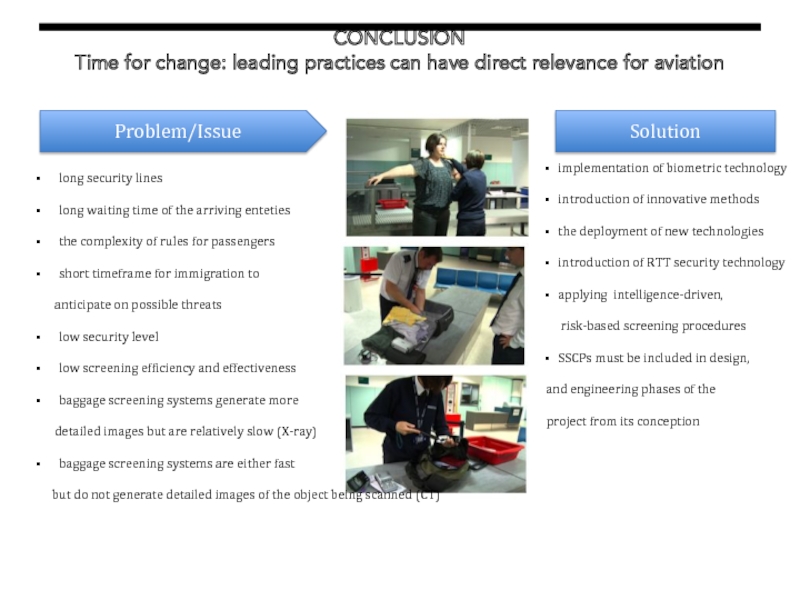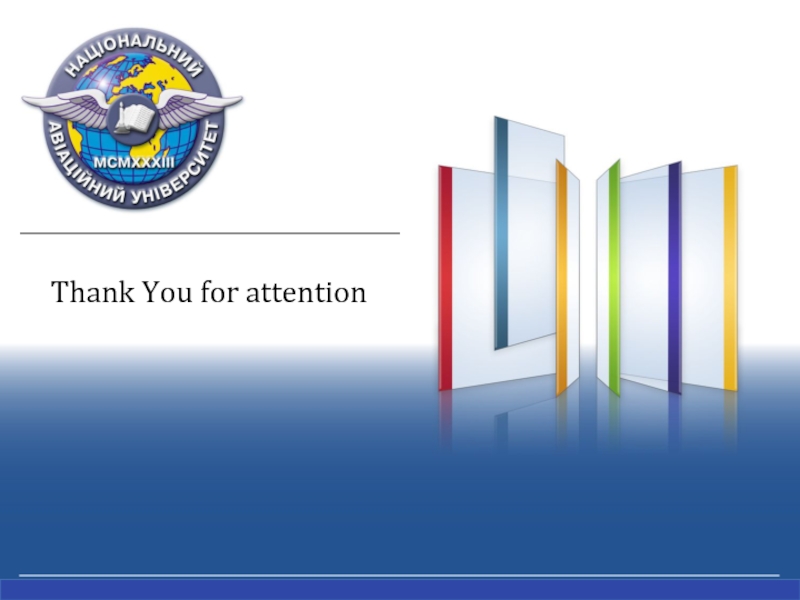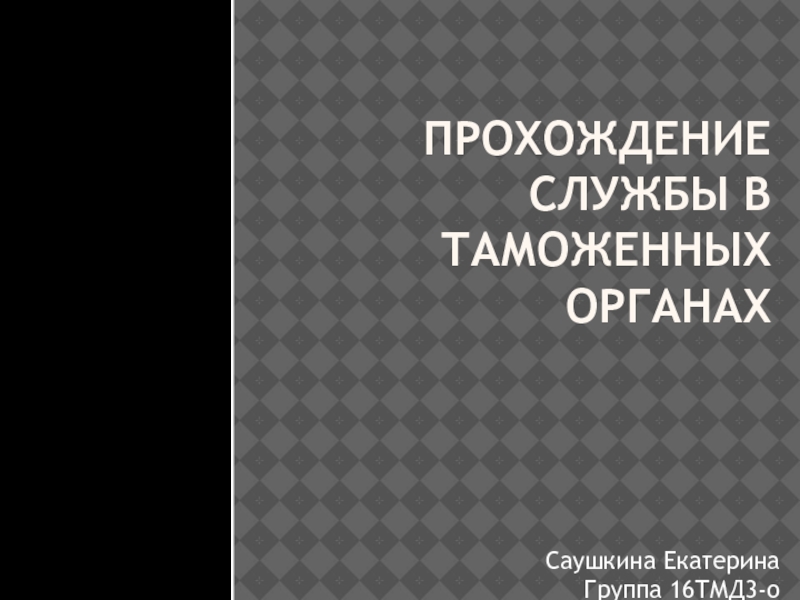Polina Ustimenko, FLA 607, NATIONAL AVIATION UNIVERSITY
- Главная
- Разное
- Дизайн
- Бизнес и предпринимательство
- Аналитика
- Образование
- Развлечения
- Красота и здоровье
- Финансы
- Государство
- Путешествия
- Спорт
- Недвижимость
- Армия
- Графика
- Культурология
- Еда и кулинария
- Лингвистика
- Английский язык
- Астрономия
- Алгебра
- Биология
- География
- Детские презентации
- Информатика
- История
- Литература
- Маркетинг
- Математика
- Медицина
- Менеджмент
- Музыка
- МХК
- Немецкий язык
- ОБЖ
- Обществознание
- Окружающий мир
- Педагогика
- Русский язык
- Технология
- Физика
- Философия
- Химия
- Шаблоны, картинки для презентаций
- Экология
- Экономика
- Юриспруденция
The algorithm of checkpoints operation at the airports of civil aviation презентация
Содержание
- 1. The algorithm of checkpoints operation at the airports of civil aviation
- 2. Aviation is the transport mode of choice
- 3. Layered Approach to Aviation Security Multilevel system
- 4. Screening technology capabilities have expanded considerably and
- 5. Real-time technology(RTT) is a ground-breaking aviation security
- 6. Checkpoint modeling enables to perform analysis on
- 7. Inspection times as a function of
- 8. SIOC curves Fig.2 Large hub SIOC
- 9. SIOC curves Fig. 3 SIOC
- 10. Biometric Passenger Process
- 11. Passengers making a reservation are required to
- 12. CONCLUSION Time for change: leading practices
- 13. Thank You for attention
Слайд 1Presentation on the topic
THE ALGORITHM OF CHECKPOINTS OPERATION AT THE AIRPORTS
Слайд 2Aviation is the transport mode of choice for terrorist attacks
Ongoing challenges
upon screening functions include:
optimizing screening efficiency;
minimizing passenger wait times;
improving the capability to detect explosives
at passenger checkpoints;
optimizing inline explosives detection systems
for checked baggage;
developing strategic plans for addressing
screening technology.
Слайд 3Layered Approach to Aviation Security
Multilevel system of baggage inspection
Level 1 -
Level 2 - monitoring centers to control baggage from remote workstations.
Level 3 - detection of explosive items
Level 4 - the system of localization and removal of detected dangerous
objects and substances
Слайд 4Screening technology capabilities have expanded considerably and currently include:
Imaging Technology
Advanced X-Ray
Walk Through Metal Detector
Bottle Liquids Scanners
Checkpoint Operations
Four screening functions at checkpoints:
X-ray screening of carry-on items
WTMD screening of individuals
hand-wand pat-down screening of individuals
physical search of carry-on items or inspection with an ETD
Слайд 5Real-time technology(RTT) is a ground-breaking aviation security technology
.
‘Deployed next generation’
innovative stationary gantry design
detailed 3-D images
items are scanned at speeds from 1500 to 1800 bags per hour
best possible security at a lower overall cost
full volumetric continuous scanning;
fast advanced baggage reconstruction and explosives detection algorithms
easily integrated into any baggage handling system;
operates at both 0,25 m/s and 0,50 m/s
RAPISCAN RTT™ 110
Слайд 6Checkpoint modeling enables to perform analysis on all of its components
Слайд 7 Inspection times as a function of the rate of carry-on
where T – total time spent in checkpoint screening;
TP – time spent in the primary inspection process;
TS – time spent in the secondary inspection process;
λ1 – initial arrival rate;
λ2 – secondary arrival rate, which is directly related to the rejection rate β;
μ1 – primary inspection service rate;
μ2 – secondary inspection service rate.
Formula
Definition
Слайд 9SIOC curves
Fig. 3 SIOC curve with limit points for all
The data shows that for medium airport hubs the limits are similar to
large airports, while for small airport hubs rates above 15 carry-on items
per minute result in too few being cleared along with high rejection rates.
Слайд 11Passengers making a reservation are required to provide their full name,
• Prevent individuals on the No Fly List from boarding an aircraft.
• Identify individuals on the Selectee List for enhanced screening.
• Facilitate passenger air travel. • Protect individuals' privacy.
After matching passenger information against government watch lists, Secure Flight transmits the matching results back to airlines.
Слайд 12 CONCLUSION Time for change: leading practices can have direct relevance for aviation
Problem/Issue
Solution
long security lines
long waiting time of the arriving enteties
the complexity of rules for passengers
short timeframe for immigration to
anticipate on possible threats
low security level
low screening efficiency and effectiveness
baggage screening systems generate more
detailed images but are relatively slow (X-ray)
baggage screening systems are either fast
but do not generate detailed images of the object being scanned (CT)
implementation of biometric technology
introduction of innovative methods
the deployment of new technologies
introduction of RTT security technology
applying intelligence-driven,
risk-based screening procedures
SSCPs must be included in design,
and engineering phases of the
project from its conception

